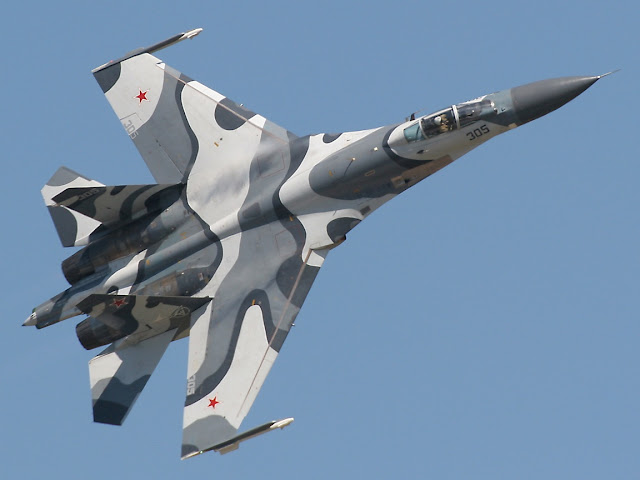 |
| The Harry DeWolf-class offshore patrol vessel. |
Speaking of procurement shenanigans, Prime Minister Stephen Harper recently announced that Irving Shipyards in Halifax will soon cut steel on the Harry DeWolf (although did so using an American-owned bridge located in Ontario). The Harry DeWolf marks a major milestone in the National Shipbuilding Procurement Strategy, a project that has already been criticized for being too expensive and too unwieldy to provide Canada's navy with the ships it needs in a timely manner.
Allow me to add two of my own criticisms:
1. Naming one of the ships after John G. Diefenbaker. The Prime Minister responsible for devaluing the Canadian dollar and building the infamous "Diefenbunker" to house Canada's leaders in time of nuclear attack. Most famously, he cancelled the Avro Arrow in favor of American-built Bomarc missiles and F-101 Voodoos.
2. Not naming any of the ships Bluenose.
(Normally, I would suggest renaming the Diefenbaker, but that ship is being build on the west coast by Seaspan. Any ship named Bluenose has to be built in Nova Scotia.)
 |
| A Canadian icon. |
Lately, the term "Bluenose" has become sullied by the Bluenose II, a replica of the original that has been a source of local controversy thanks to bungled refit costing millions.
This simply should not be. The name "Bluenose" should be as revered in Canada as much as the name "Enterprise" is revered in the USA. It deserves more than to remembered as a simple tourist attraction.
If the construction of the Harry DeWolf-class is supposed to signify Nova Scotia's triumphant return to shipbuilding excellence, than what better way to celebrate that than naming one of those vessels Bluenose?
If not one of the Harry DeWolf-class... Then perhaps the Single Class Surface Combatant?


























